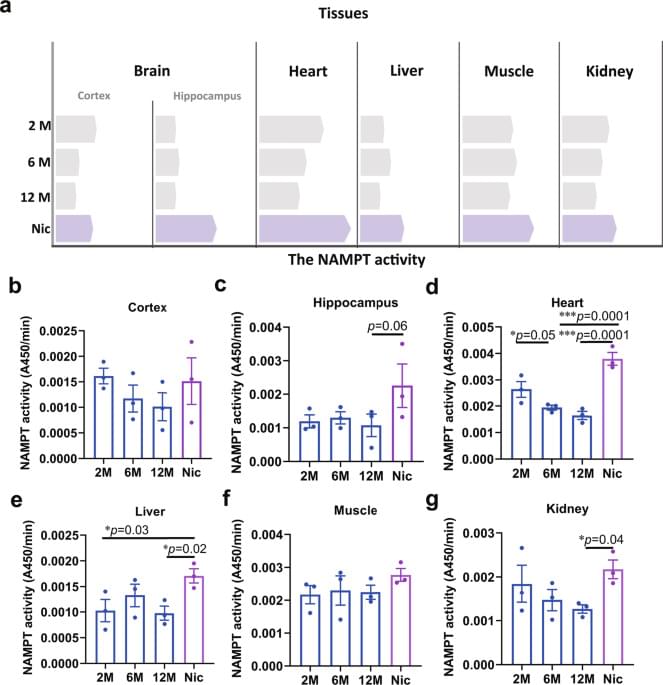Jun 26, 2024
Revealing the dynamic choreography inside multilayer vesicles
Posted by Dan Breeden in categories: biotech/medical, food
Our cells and the machinery inside them are engaged in a constant dance. This dance involves some surprisingly complicated choreography within the lipid bilayers that comprise cell membranes and vesicles — structures that transport waste or food within cells.
In a recent ACS Nano paper (“The Secret Ballet Inside Multivesicular Bodies”), Luis Mayorga and Diego Masone shed some light on how these vesicles self-assemble, knowledge that could help scientists design bio-inspired vesicles for drug-delivery or inspire them to create life-like synthetic materials.
A representation of multilayer lipid vesicles inspired by “Color Study: Squares with Concentric Circles,” by the artist Wassily Kandinsky. (Image: ACS Nano 2024, DOI: 10.1021/acsnano.4c01590)


















